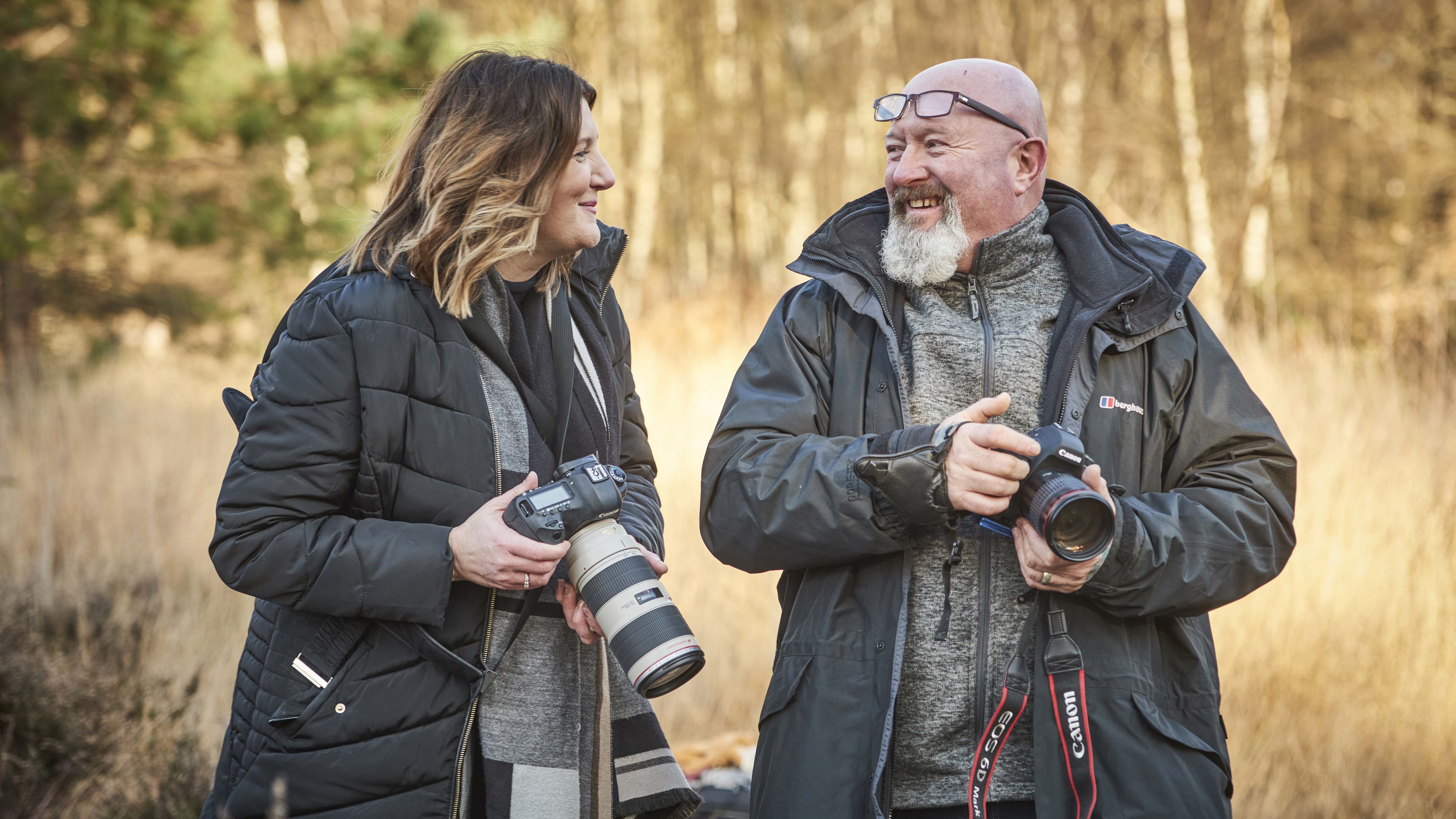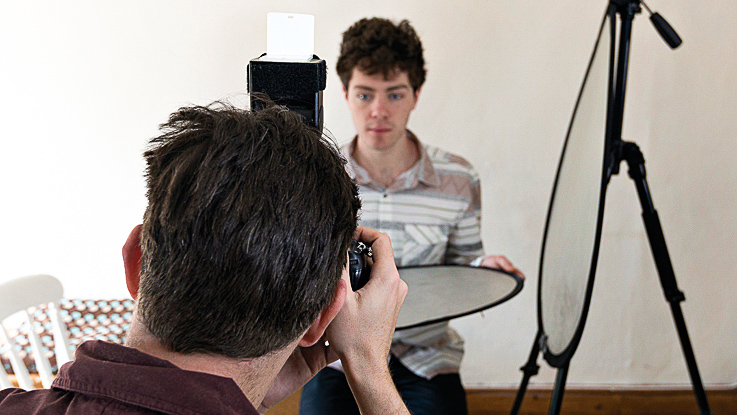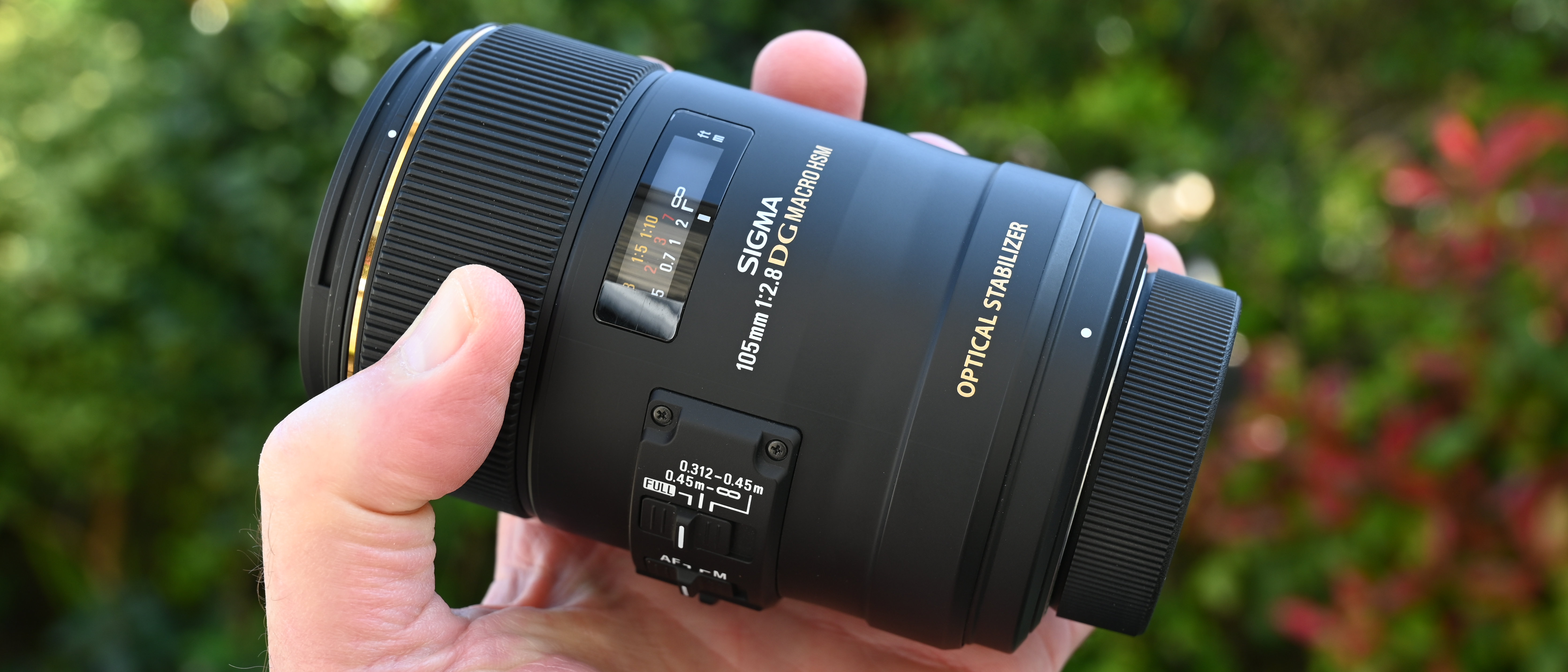Want to make it as a photographer? Being a little “strange” may help, plus 5 more takeaways from a key industry survey
The 2025 State of the Photography Industry report hints that versatility may be key to thriving in an increasingly competitive market

Between technology, the economy, and rapidly changing trends, the photography industry often looks different from year to year. The State of the Photography Industry is an annual report that examines those changes to guide photographers through the coming year. The 2025 report has just been released – and the results encourage photographers to try “strange new ventures,” raise prices, and keep the print alive.
The State of the Photography Industry is an annual survey conducted by Zenfolio, Format, ShootProof, the Professional Photographers of America, and the National Association of Portrait and Child Photographers. The group has just shared the 2025 results – and the study highlights several key changes that could help photographers navigate the year ahead.
The study surveys professional photographers in multiple countries, although a large majority are from the US with 74 percent, followed by the UK at 8 percent. About 68 percent of those who responded exclusively shoot still photos, while around 21 percent work with both photography and video.
Fewer photography businesses closed in 2024, and more new businesses opened than in the previous year, a statistic that suggests a healthy but increasingly competitive industry. Along with highlighting the status of the photography industry, the survey spotted unusual statistics and trends that could inspire photographers to make changes to their photography business. As a professional photographer, these are the six biggest takeaways I learned from the 2025 State of the Photography Industry report.
Fewer photography businesses closed last year, but that also means competition is heating up
The study highlights a number of positive trends in the industry. First, the number of full-time photographers increased while the number of part-time photographers decreased, which suggests that more creatives were able to make the jump to full time over the last year.
Second, business closures across almost every genre of photography dropped from 2023 to 2024. Fewer photographers in the family, sports, wedding and event genres closed shop in 2024, although the number of business closures for portraits jumped slightly.
Finally, the study illustrated that far more photography businesses opened in 2024 than closed, particularly for client-based businesses.
Get the Digital Camera World Newsletter
The best camera deals, reviews, product advice, and unmissable photography news, direct to your inbox!
While those statistics suggest a healthy industry, the study’s authors also noted that the increasing number of photographers in the industry also translates into increased competition – and then suggested diversity could help creatives grow in an increasingly competitive market.
Unconventional approaches may be key to helping photographers through slow seasons.

In previous years, photographers said that finding new clients was the biggest challenge. That didn’t change in the 2025 results, but that trend led the group to ask photographers to share new or surprising ways to find new clients. “Photographers who adapted to unexpected opportunities – particularly in sports/event photography, corporate work, and specialized niches – reported finding valuable new revenue streams outside their original specialties,” the report says.
The study then listed several “unconventional niches” that photographers said helped to drive revenue last year, including passport photos, insurance claims, documenting projects for specialized contractors, and even documenting photos for Amish businesses.
The study’s authors also noted that many photographers reported finding stability with sport, school and event photography during slower seasons. Like with previous years, word-of-mouth remained the biggest business driver for photographers.
The 2025 report is the first time the study broke down the industry into three key business models: client-based businesses (weddings, portraits), event-based (team and school photos), and art production-based (fine art, commercial, photojournalism, editorial). While the group plans to track how those trends change next year, the study did find that around 10 percent of photographers work in more than one of those specializations. This approach, the study suggests, may help diversify revenue, add stability, and avoid slow seasons.
Print is not dead
Seasoned photographers who have been in business for more than ten years are more likely to offer printed products rather than exclusively digital downloads. The study’s authors suggest that the revenue from prints can help offset some business costs, while a digital-only approach may make long-term profitability difficult.
The cost of running a photography business is getting higher
About 69 percent of client-based photography businesses reported that costs have increased. Those numbers are slightly higher among sports and events at 71 percent, and slightly lower for art and production-based businesses at 66 percent.
Around 30 to 37 percent of photographers said they increased costs in response to those rising expenses.
More photographers are using smartphones with their cameras

The study also looks at what type of gear is most common across the industry. Interestingly, DSLR use stayed the same between 2023 and 2024, while mirrorless dropped slightly from 55 to 45 percent. Photographers that use both a phone and a camera together jumped to 15 percent, up from 5 percent the year before. Photographers were slightly more likely to use a drone with their camera rather than a smartphone and a camera.
Only around 13 percent of professional photographers say they don’t use AI at all
The survey also asked photographers about the use of AI. Only 12.9 percent said they didn’t use AI at all, while 32.2 percent use AI regularly and 53.1 percent use AI occasionally. But AI use among professional photographers isn’t exclusively about photo editing. While sharpening images was the most-used method of AI within editing software, many also reported using AI for writing social media captions and blogs, followed by photo culling tools and metadata tagging.
You may also like
Browse the best cameras for professional photographers or the best cameras for wedding photography.

With more than a decade of experience reviewing and writing about cameras and technology, Hillary K. Grigonis leads the US coverage for Digital Camera World. Her work has appeared in Business Insider, Digital Trends, Pocket-lint, Rangefinder, The Phoblographer and more.
You must confirm your public display name before commenting
Please logout and then login again, you will then be prompted to enter your display name.
